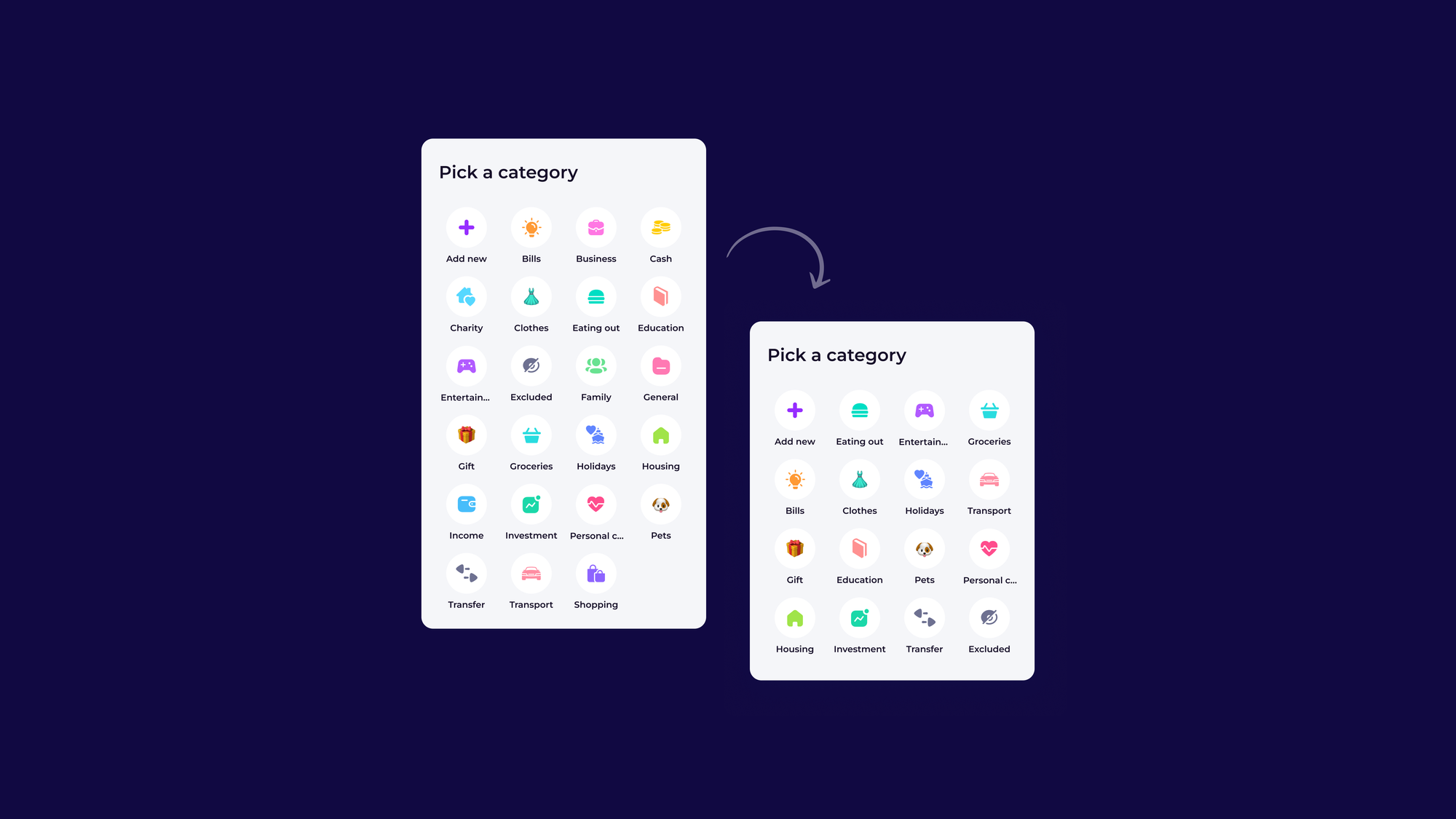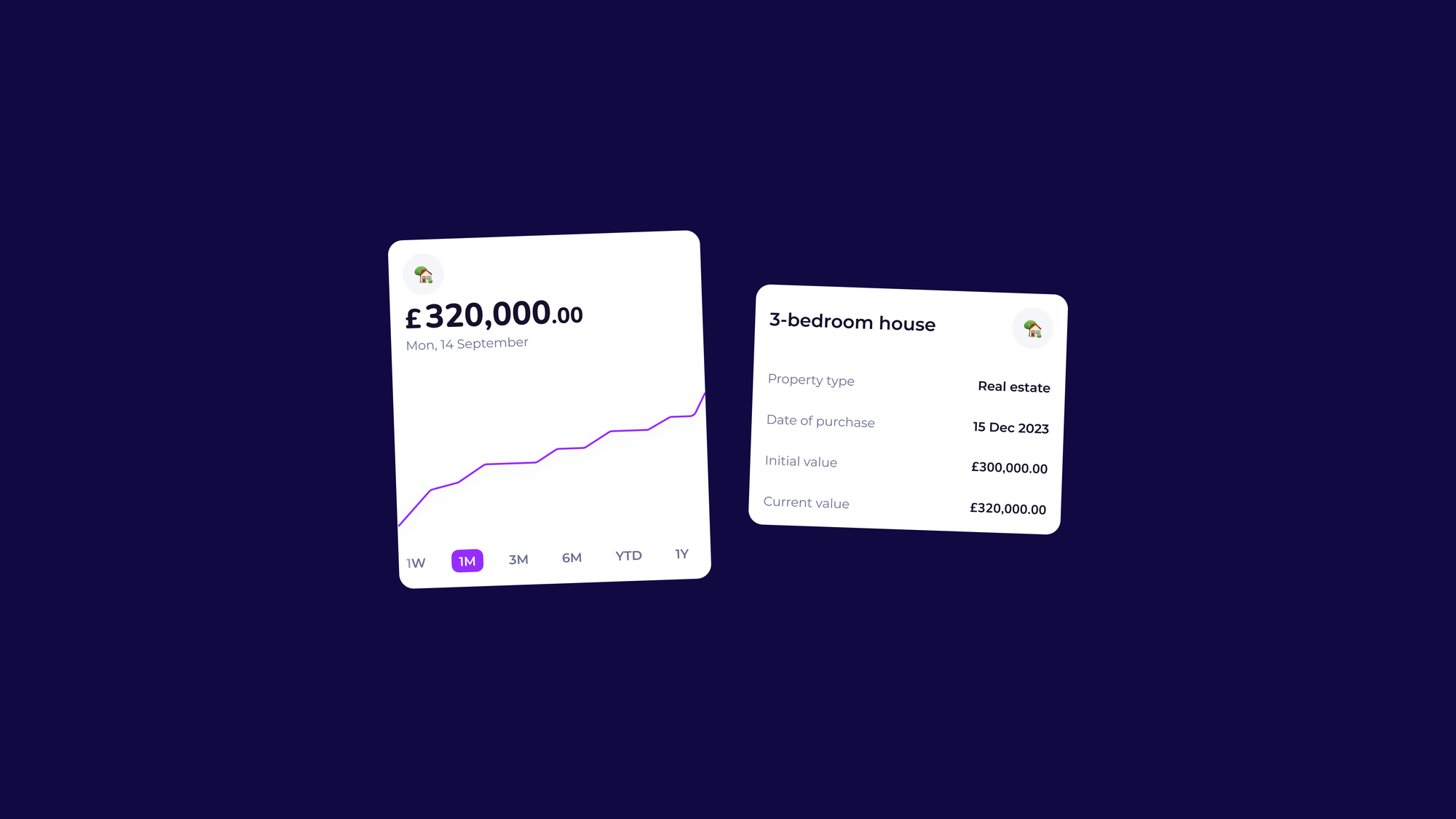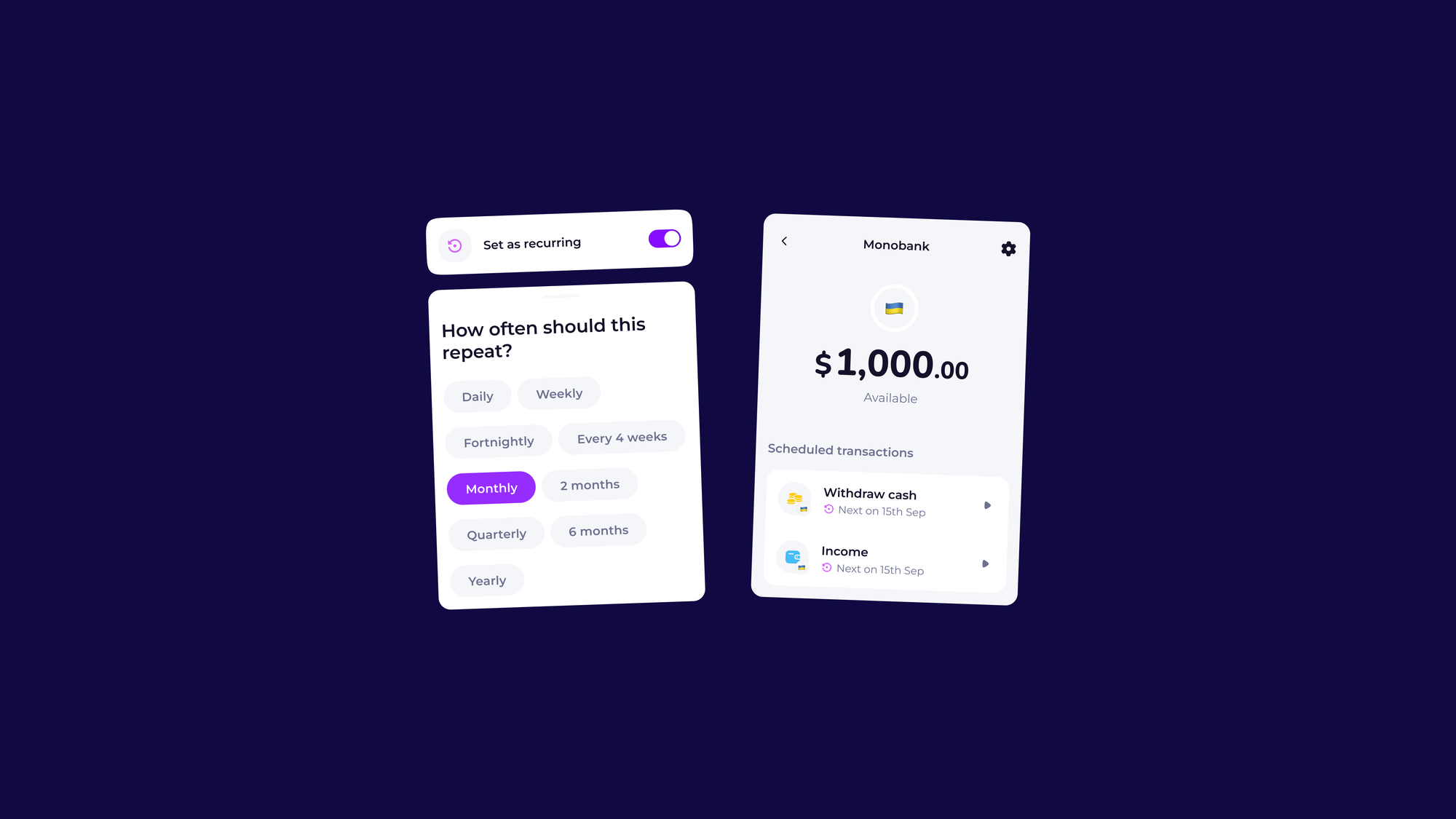FEATURED ARTICLE
How we raised $2.5m in funding in 2020 from Connect Ventures

Edoardo Moreni
May 20, 2021 •3 min read
Raising money is a challenge.
You might be in a super hot market (meaning all VCs want to invest regardless of your metrics) or in a boring market where although you have the metrics, the team, you will never be able to raise.
At Emma, we have made the decision to post every single deck we used to raise. In this post, I'll show you the one that helped us raising $2.5m from Connect Ventures and a group of incredible angels.
After raising $700k from Aglaé Ventures and Kima, we started building product like no tomorrow. In 12 months, between May 2018 and May 2019, we released an average of a feature a week, launched the product in North America and grew 100% organically with no PR, marketing or anything like that.
We made the point we just wanted to grow by NPS and product. It worked.
That's why by the end of 2019, we decided to start a fundraising process with the top VCs in UK, France, Germany and North America.
This is the deck we used👇
https://www.slideshare.net/EdoardoMoreni/emma-seed-deck
What worked for us
- 3 months before starting the raise process, we took meetings with some funds we were connected to and new ones we hadn't met before. In that period, we warmed up a fund which was extremely excited about what we were building and randomly met Rory from Connect Ventures.
- We only focused on product and organic growth. This gave us a lot of runway and made it a perfect match for Connect Ventures (bear in mind that other funds would have wanted to see different things).
- We kept the team lean. We didn't burn the $700k in six months, but we focused on finding product market fit for the next 12 months.
What didn't work
- To this day, we still get some compliments about the deck, but it wasn't consistent and coherent with a story. The most important thing when raising capital is to have a compelling narrative.
- We didn't practice the narrative enough. Another tip when raising Seed or Series A is to take random meetings and practice your narrative to make sure a) the investor gets it b) it works.
- We didn't build up enough FOMO and played a very light game. By the end of the process, we had 1 term sheet, 1 almost term sheet and a few talks with heavy weight funds, which created a lot of momentum. If we had the chance to go back, we would force the second fund to put a term sheet on the table, instead of taking more than 10+ meetings with them. Why? Leverage. With 2 term sheets on the table, you can walk into any VC meeting with confidence (that's when the fun begins).
My tips to you
- For your second, third, fourth, fifth raise, don't start a formal process. Just pick 3 funds and talk to them. If things don't work out, adjust and talk with 3 more, until you get it done. If you talk with 20 funds at the same time, you might create some FOMO, but you could also lose 1) a lot of momentum 2) talk to people who are generally not interested.
- Build a strong and consistent narrative.
- Make sure to have a couple of hot funds in the process right away. What you want to optimise for is a term sheet on the table in the beginning of the process. Regardless of the offer, that gives you the power to get a) better offers b) negotiate on the existing one.
What would we have done?
We wouldn't have started the fundraising process.
We would have just focused on those early meetings we took with no metrics shared and just some informal chats. Looking back, we already had a couple of funds, including Connect Ventures, interested before even starting to fundraise.
The way it turned out was that we had to take 40+ meetings to then close with my very first and original lead. While the best way would have been to close with Connect Ventures on day one without having the need to take any meetings.
Next week, we are going to announce a very huge news that will shape the future of the company for years to come!
Looking forward to sharing this with you all!
You may also like
Check out these related blog posts for more tips
© 2025 Emma Technologies Ltd. All Rights Reserved.
Emma is registered and incorporated in England and Wales.
Emma Technologies Ltd is an appointed representative of RiskSave Technologies Ltd, which is authorised and regulated by the Financial Conduct Authority (FRN 775330).
Payment services (Non MIFID or Deposit related products) for Emma Technologies Ltd are provided by The Currency Cloud Limited. Registered in England No. 06323311. Registered Office: Stewardship Building 1st Floor, 12 Steward Street London E1 6FQ. The Currency Cloud Limited is authorised by the Financial Conduct Authority under the Electronic Money Regulations 2011 for the issuing of electronic money (FRN: 900199). For more detail on how your money is protected please see here. You can also find Currency Cloud's Terms of Use here.
Emma Technologies is an Introducer Appointed Representative of Quint Group Limited and not a lender. Quint Group Limited is authorised and regulated by the Financial Conduct Authority (Firm Reference Number 669450). Monevo Limited is an Appointed Representative of TransUnion International UK Limited. TransUnion is authorised and regulated by the Financial Conduct Authority (Firm Reference Number 737740). Emma Technologies introduces customers first to Quint Group Limited, as a licensed credit broker, who then refers on to Monevo Limited.
Emma is registered with the Financial Conduct Authority under the Payment Services Regulations 2017 for the provision of payment services.
Financial Conduct Authority Reg Nr: 794952.
Company Registration Number: 10578464.
Data Protection Registration Number: ZA241546.
All testimonials, reviews, opinions or case studies presented on our website may not be indicative of all customers. Results may vary and customers agree to proceed at their own risk.
Resources: Cancel subscriptions, Cashback offers, Who charged me, Rent Reporting, Budgeting, Investment universe, Emma vs Moneyhub.
Featured cashback offers: Samsung, SimplyCook, NordVPN, Audible, M&S Homeware.









